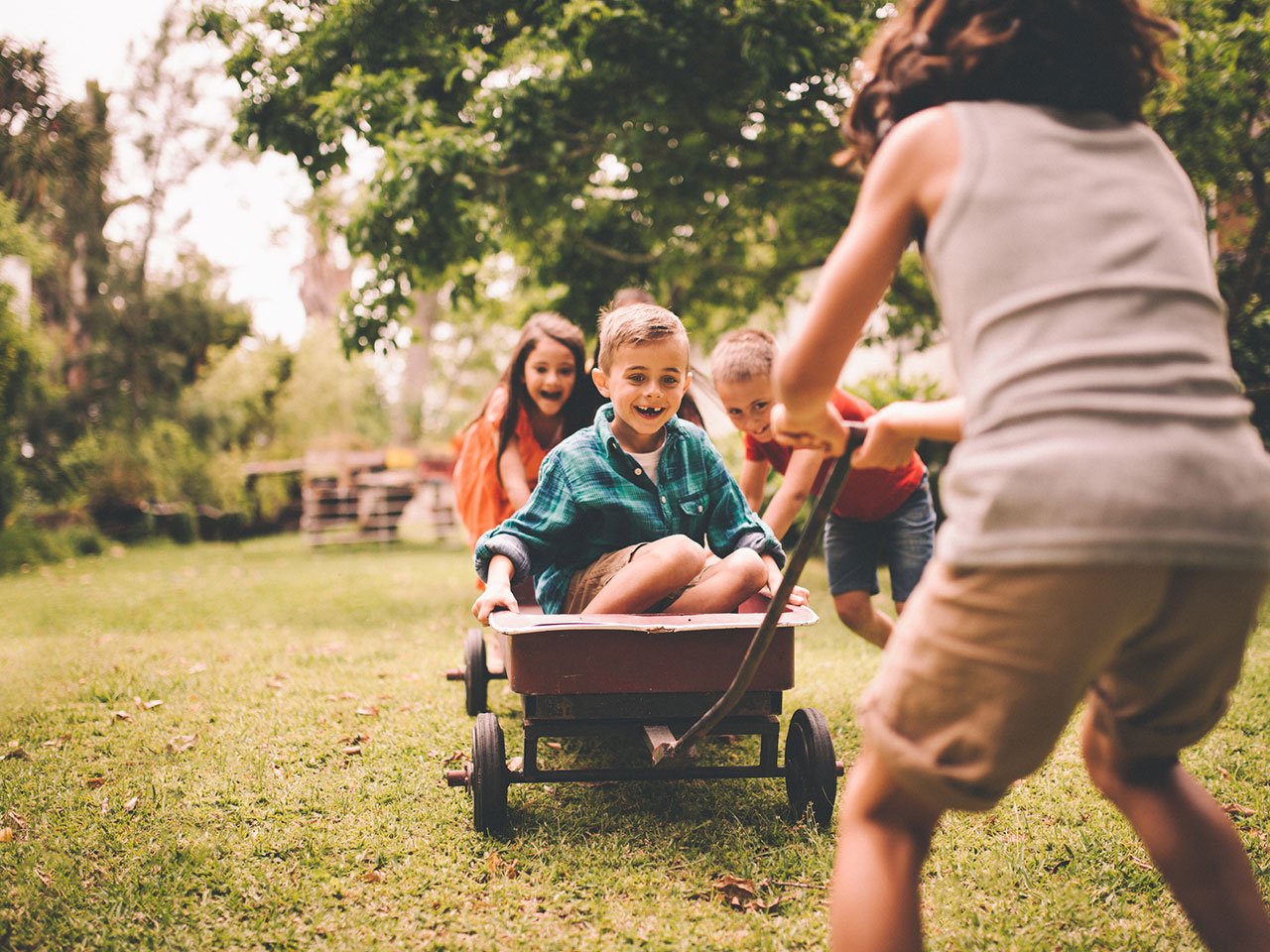The Benefits Of Outdoor Activities For Kids
2 min read
In a world full of technologies and with parents busy in an increasingly busy routine, it’s not difficult to find cases of children who are experts in mobile games or addicted to YouTube series and cartoons. These new habits are here to stay, and we need to learn to deal with them. But in this children’s month, we want to remember the benefits of outdoor activities for children.
What Is The Right Age To Start?
Each child has its characteristics and its own time, but it is necessary to encourage them to enjoy activities in nature. However, just like for adults, it is essential to start with calmer activities and gradually increase the difficulty of the activities.
They are increasingly in a world of screens, isolated and sedentary, which is a risk factor for developing mental illnesses.
Climbing, Trekking, And Camping
Contact with the natural environment arouses curiosity and makes the child choose other activities in nature such as climbing, swimming, hiking, discovering a new mountain or waterfall. There is no age to start. However, older children, from eight or nine years old, show better physical preparation and maturity to climb and take longer trails, always accompanied by a guardian. A car seat with a chest is essential for younger children to give the little ones more security.
On the other hand, camping is an activity for any age; it takes adequate logistics and equipment to meet the child’s needs, such as food, heating, and safety. A good option is to opt for parks or camping sites that offer a campsite with a kitchen and bathrooms; this will facilitate logistics first. With time and the increase in children’s experience (and parents), it is possible to carry out wild campsites where the child can collaborate with activities such as helping with the preparation of meals or organizing the tent.
Hiking Boots And Sneakers
Choosing a boot such as a Danner work boots or sneaker suitable for hiking and trekking can be more difficult than it sounds. There are many models of boots and shoes created for adventure, from hiking in the woods to running in the mud, but what are the best shoes for hiking? It depends on what you need; strength, traction/grip, or impermeability? The hiking and trekking boots are rigid and have taller studs (on average 5mm); they are suitable for soft, uneven, and rough terrain. They are generally tougher, some even uncomfortable for running, but will protect your feet on almost all terrain. Some are even suitable for mountaineering and mountaineering.



